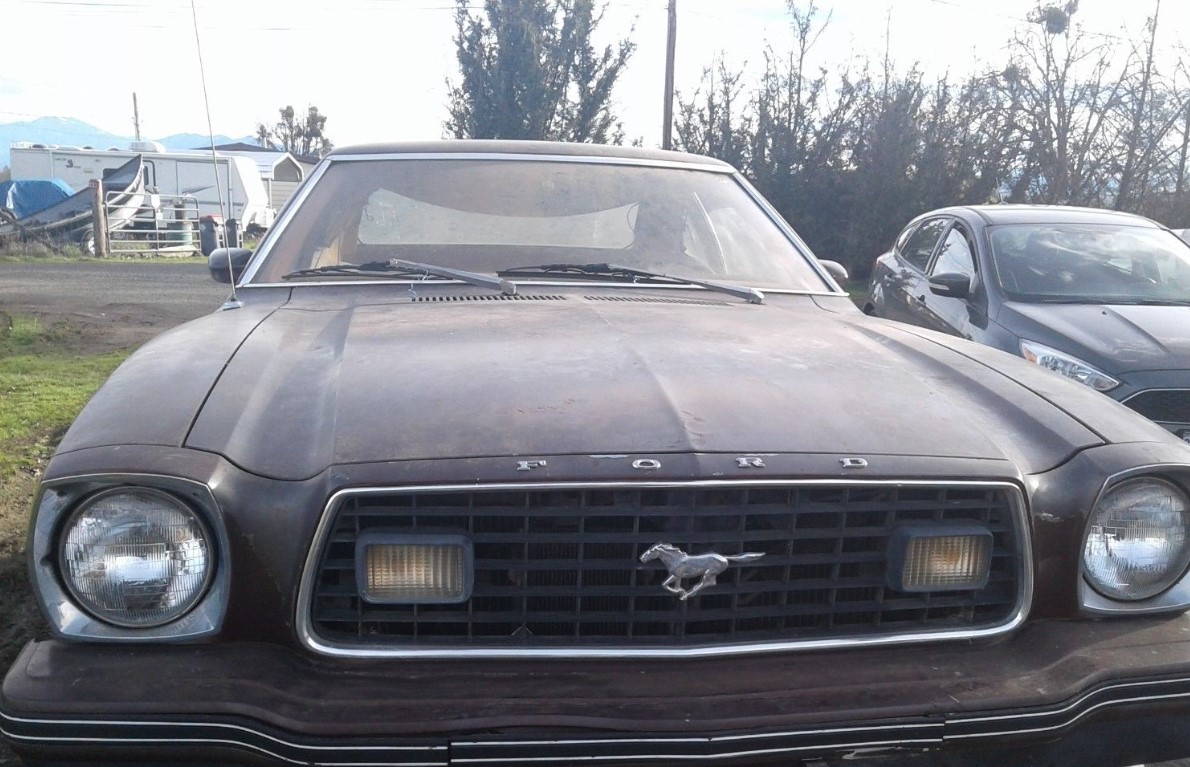When John DeLorean (yes, the same DeLorean that made the Back to the Future car) dropped a 6.4-L V8 into a Pontiac Tempest in 1964, the chief engineer of General Motors’ performance division unknowingly changed automotive history by giving the world its first production muscle car.
The GTO, as it became known as, was an instant hit because it gave the public a sporty, youth-oriented vehicle that could pack a punch on both the street and drag strip.
And because of this newfound muscle car craze, the Big Three constantly tried to outdo one another in terms of engine displacement.

But then the oil crisis happened, and because of government restrictions, auto manufacturers either turned their beloved performance cars into luxury subcompacts or killed the name altogether.
Sure, “muscle cars” produced from 1973-80 had the potential to be fast with proper upgrades and modifications.
A majority, though, were just downright slow and represent one of the lowest points for these otherwise iconic models.
Ford Mustang II
The Mustang II generally gets a bad rap because it was a car that put gas mileage and personal comfort ahead of speed and handling. But in 1973, it was the right car for the right time and high sales numbers indicate that the public preferred this economy class that was based on the Pinto’s platform.
Today, however, Mustang purists scold at the idea of owning the II simply because it lacks the type of power that the name is known for.
The base engine was a measly 2.3 L inline-four and even the V8 couldn’t produce more than 130-hp, meaning that you were lucky to hit 0-60 in under 12 seconds. And the vinyl top and opera windows of the Ghia didn’t help the coolness factor, either.
Plymouth Volare Road Runner
On paper, it seemed like Chrysler’s F-body would have been the perfect platform to build the quintessential 70s muscle car.
It featured a wide wheelbase, variety of engine options and overall aggressive styling that could be outfitted with a hood scoop, spoiler, louvers and/or a graphics package.
But the reality is that it didn’t have the same type of buzz that the original Road Runner was able to generate, mainly because of performance.
While the 1976-80 Volare Road Runner could be had with a top-end 360 cu in V8 that was rated at a decent 170-hp, good enough for a 15.9 second quarter mile, neither these cars – nor its counterpart, the Dodge Aspen R/T – sold well.
In other words, it was a solid highway cruiser that was faster than contemporary performance cars of the day. But, because it wasn’t a Road Runner of the past, it never really had a chance to shine.
Fourth-Generation Oldsmobile 442
When you think of a classic, pavement-chewing 442, you probably envision one powered by a 7.5-L V8 that could generate close to 400-hp and 511 lb.-ft of torque at 3,700 rpms.
What’s nowhere close to this performance level, however, is the 442 2+2, which was made from 1978-80.
During this period, the 442 wasn’t its own model and instead was just an option on the “aeroback” Cutlass salon that included various trim elements, like interior and exterior emblems and striping along the rocker panels.
And further obliterating any resemblance of 442 power was that fact that this model came equipped with a 3.8 L V6. While it could have been upgraded to a 305 cu in with a four-speed manual, it still only produced an anemic 145 horsepower.
If you own a classic muscle car – regardless if it’s fast or slow – and need body and/or mechanical work so it’s ready to go for cruise season, give Andy’s Auto Service a call at 412-478-9304.